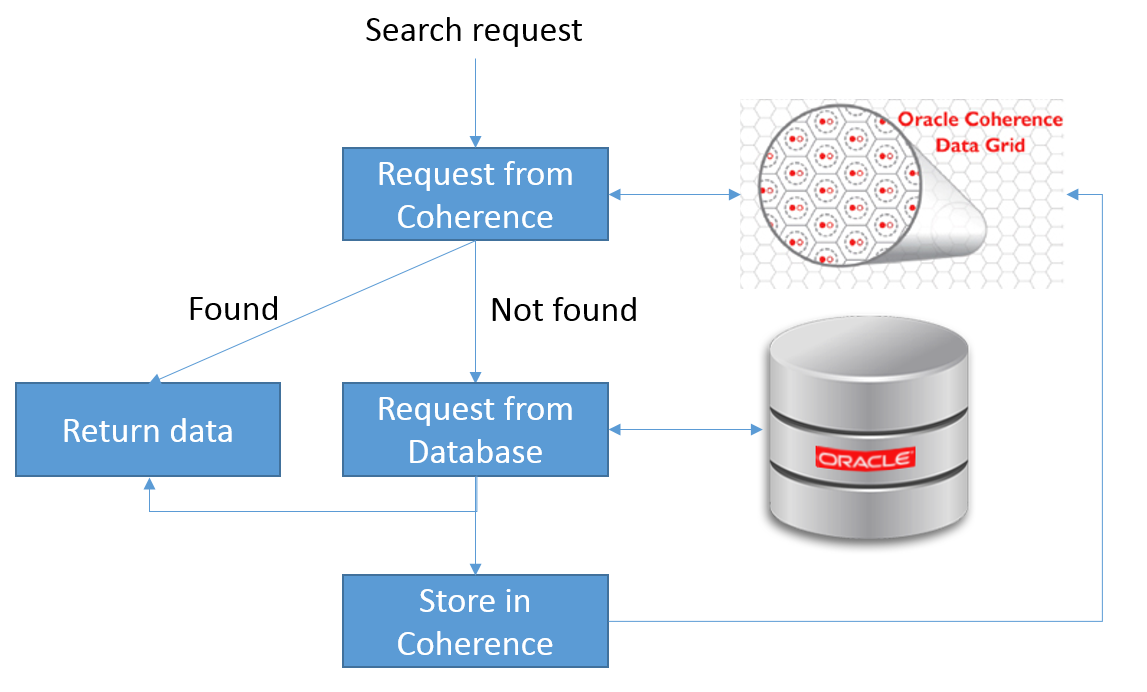Oracle has just released SOA Suite 12.2.1 which contains several exciting new features. The below entries have shamelessly copied from the developers guide in order to provide a quick overview of highlights for this release of the SOA Suite. Also at the end of the article some links for new features of WebLogic Server 12.2.1 which has also been released.
Patching running instances
See Patching Running Instances of a SOA Composite.
Oracle SOA Suite 12c (12.2.1) supports Composite Instance Patching, which enables you to patch running instances of a composite and recover faulted instances after patching the runtime. You can only include those fixes in the patch that are compatible with Composite Instance Patching. Use the SOA Patch Developer role in Oracle JDeveloper to make the fixes and create the patch.
Composite Instance Patching enables you to deliver urgent composite fixes that can be picked up by long running instances. You can make compatible/allowed changes without aborting in-flight instances. If a patched running instance comes across a business process that has been fixed by the patch, say a BPEL transformation, then it picks up the fixes applied to the business process.
When designing the patch, the SOA Patch Developer mode in JDeveloper automatically disables changes that cannot be made to the patch. Some of the compatible changes that you can make include:
Non-schema related XSLT changes, changes to fault policy, sensor data, and analytics data.
Compatible BPEL changes such as transformation activity, assign operations, etc.
JCA Adapter configuration properties.
In-Memory SOA
See Using In-Memory SOA to Improve System Performance.
You can leverage the Coherence cache associated with WebLogic Server to run your non-transactional business processes in memory. This improves performance and scalability for these business processes, as read and write operations are performed out of the cache. Database performance and management also improves, as the costs associated with continuous disk reads and writes are significantly reduced.
In-memory SOA enables short-running processes to live in memory. The process state gets written to the database only when faulted, or at regular, deferred intervals using a write-behind thread. The BPEL state information is dehydrated and rehydrated to/from the Coherence cache.
Support for debugging XSLT maps
See Debugging the XSLT Map.
Starting in 12.2.1, you can debug your XSLT maps using the SOA Debugger. You can add breakpoints at strategic locations in the XSLT map. When debugging, the debugger halts execution at the breakpoints, enabling you to verify the data and output.
XSLT maps can be complex, making them difficult to debug. For example, you may have a Java function, or other functionality, that is best tested in the application server. Also, you might find it easier to debug in the application environment, as the XSLT may be invoked from many different applications in the server. The SOA debugger provides remote debugging capability for XSLT maps that have been deployed in the application server.
You can also use the debugger with your Oracle Service Bus projects.
Support for End-to-End JSON and JavaScript
See Integrating REST Operations in SOA Composite Applications.
Starting in 12.2.1, your SOA composites can use end-to-end JSON. This means that the REST service can receive the REST request and route it to the BPEL engine without translating it to XML. The BPEL component can use the JavaScript action, and also use JavaScript in conditional and iterative constructs, to work on JSON objects directly. The REST reference can receive the REST message from the BPEL engine and route it to an external REST endpoint without translation.
The REST interfaces and BPEL component support end-to-end JSON. However, if you are using other service components, like the Mediator, you need to use the 12.1.3–style composite that internally maps REST resources and verbs to WSDL operations and XML schemas, and translates the incoming payload into XML.
Running on WebLogic Server 12.2.1
Of course SOA Suite 12.2.1 runs on WebLogic Server 12.2.1 which also has several Interesting new features. See
here.
Among several other interesting things. Interesting to
read the WebLogic full client is being deprecated.



















